Volunteer with us
Whatever your skills or background, however much time you can give, you can make a difference.
Find an opportunityVideo length: 00:03:40
[Bev Nott, chair of Bishops Knoll Friends of the Wood]
Good morning, my name's Bev Nott. I'm the chair of the Bishops Knoll Friends of the Wood and I've been volunteering here for about four years.
At the very beginning, it was only a handful of people really, but now we've become better known and we've got oh about 20 to 30 people on the books. The wood was really in not a very good state at all. There were large areas which were completely overrun with undergrowth and that was one of the main jobs that we as volunteers have done: is to find the remains of the gardens of what was the big house and to reveal them. And in some cases, we’ve done some minor restoration.
[Prof Christopher Stephens, working group leader]
This is our latest restoration. It's of what we think was originally a water reservoir. We're putting back, as far as possible, things exactly where we found them, fallen either inside or outside the trough.
Well, the earliest mention of the wood is in an Anglo-Saxon chronicle, but the man we're interested in is Robert Edwin Bush. He then decided shortly after the war broke out that he would convert his house to be a First World War hospital. How he knew that the war would not be over by Christmas is a mystery.
[Bev Knott]
We actually got the Australian government to provide us with money to make a replica plaque which commemorates the use of the hospital during the First World War.
(Prof Stephens)
In the meanwhile, you have a Second World War nurses’ training unit, a British aircraft company's apprentice school, a whole lot of other interesting things. It has fascinating history.
I mean, the book started as just my notes and I kept on discovering more and more things. One of the great advantages was that Robert Edwin Bush was a very keen convert to photography and so we've got a very good photographic record, not only of the house but also of his time in Australia.
It is a very interesting Victorian garden, and we're just beginning now to get some idea of the detail.
[Bev Knott]
The other thing that we've done is that we've improved the access, especially by putting in steps in a whole variety of ways to try and make it far more accessible to people to come and walk round the wood. The volunteer group have put in these revetments which now mean you’ve got a nice safe walk down; one of the many little improvements we’ve made to the access around the wood.
When we first came, it was well known for being a hidden wood. That has now got to a situation where it's much more widely known. The footfall has probably something like doubled, so it has made a difference.
We have been blessed with a most energetic and committed group. Sometimes we ask some people to do a particular job, clearing an area, and if we don’t come back and watch what they’re doing, we find that they’ve actually cleared even more than we actually wanted. So, we do have a very good group here, full of enthusiasm, and we never have any problem with having enough people to do the jobs that need to be done. So, I do want to pay tribute to them. We all get on superbly well and we have a good time.
Whatever your skills or background, however much time you can give, you can make a difference.
Find an opportunity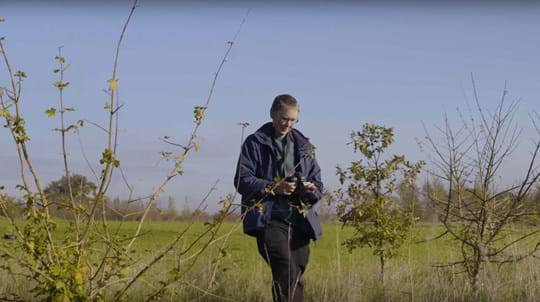
Video
00:02:26
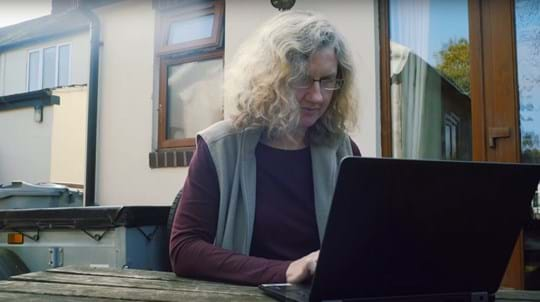
Video
00:02:39
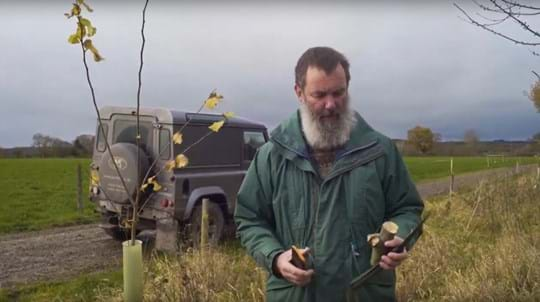
Video
00:02:41
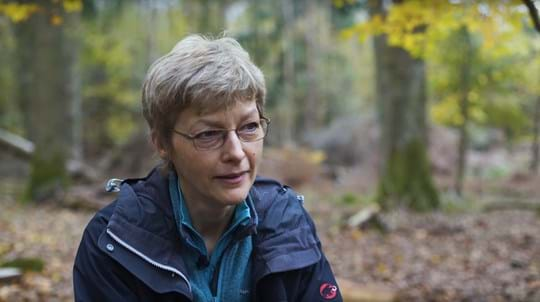
Video
00:03:04
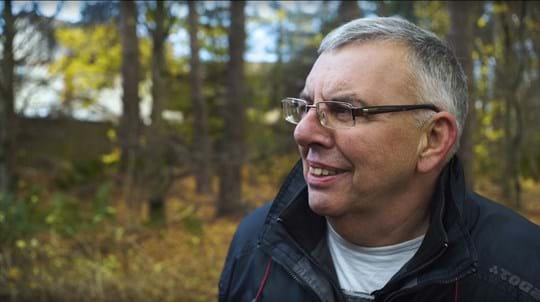
Video
00:02:59
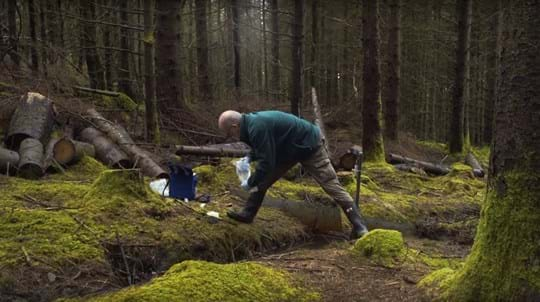
Video
00:02:42
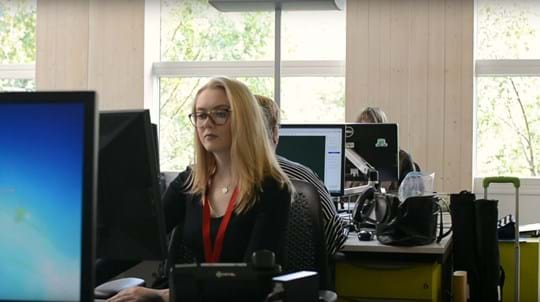
Video
00:02:06
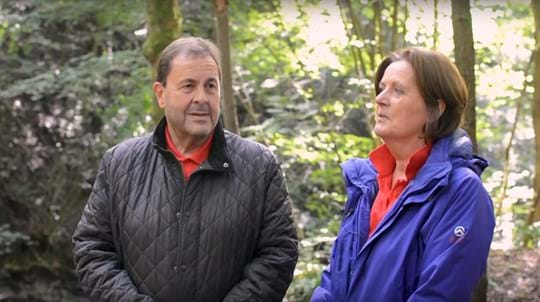
Video
00:02:07
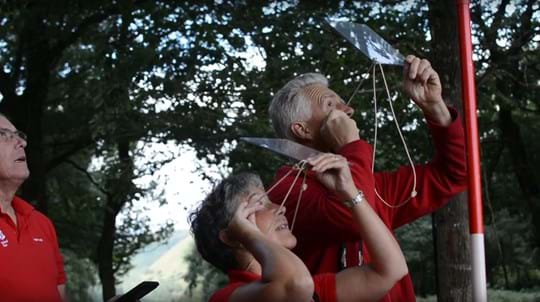
Video
00:02:06
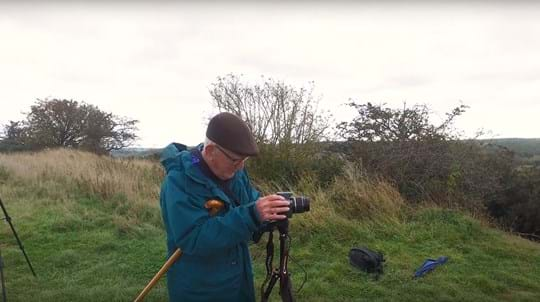
Video
00:02:03
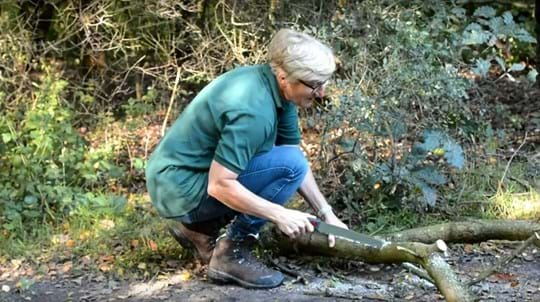
Video
00:02:08
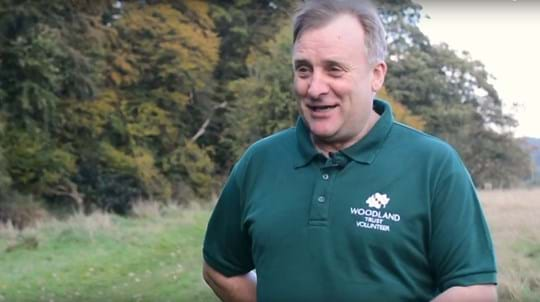
Video
00:02:03
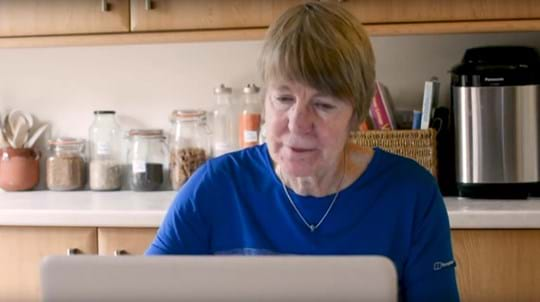
Video
00:02:08
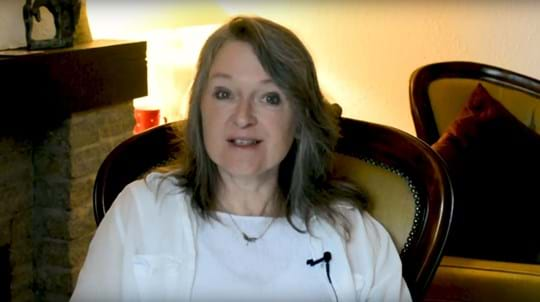
Video
00:02:06
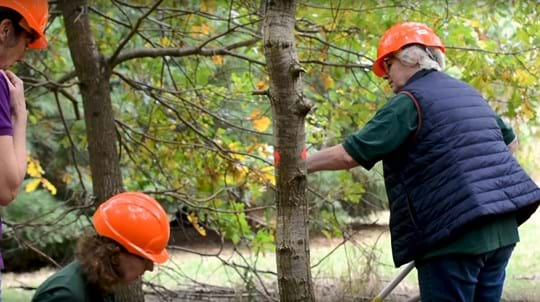
Video
00:02:07
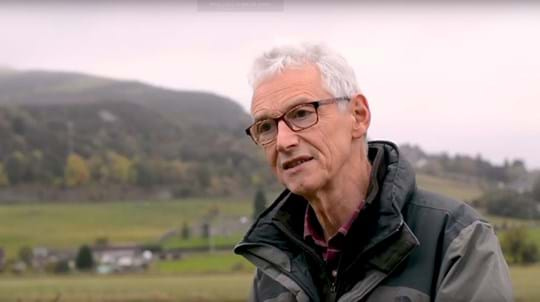
Video
00:02:07
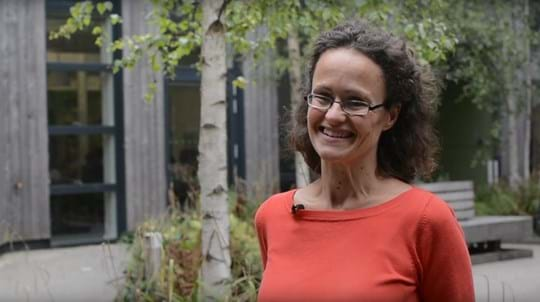
Video
00:02:05